Chili - The Spice of Life
Chili, a beloved spice used worldwide, is a versatile ingredient that adds depth, flavor, and heat to any dish. Known for its rich, spicy kick, chili peppers come in various forms, including fresh, dried, powdered, and as chili sauce or oil. Whether you're an adventurous cook or someone who enjoys adding a touch of heat to your meals, chili products offer the perfect solution.
Fresh Chili Peppers are vibrant, juicy, and packed with heat. From mild to extremely spicy varieties, fresh chilies can be sliced, diced, or used whole to infuse dishes with their pungent aroma. Great for stir-fries, salsas, and curries, fresh chilies add a fresh and bold flavor to your meals.
Dried Chili Peppers are perfect for slow-cooking and flavor extraction. When dried, chilies intensify their heat and smokiness. You can use them whole, ground into chili powder, or rehydrate them to create sauces and soups with a complex depth of flavor.
Chili Powder is a staple in kitchens around the world. A blend of dried chili peppers and other spices like cumin and garlic, chili powder adds a punch of heat and a savory aroma to dishes. Perfect for seasoning meats, soups, stews, and even grilled vegetables, chili powder offers convenience without compromising on flavor.
Chili Sauces and Oils are excellent for those who prefer a ready-to-use option. These products combine chili with ingredients like garlic, vinegar, or sesame oil to create flavorful sauces and oils that elevate your dishes instantly. Whether you like it sweet, tangy, or fiery, chili sauces and oils are perfect for dipping, marinating, or adding to your favorite foods.
Enhance your culinary creations with chili – a bold, flavorful ingredient that brings spice and excitement to every meal!
-
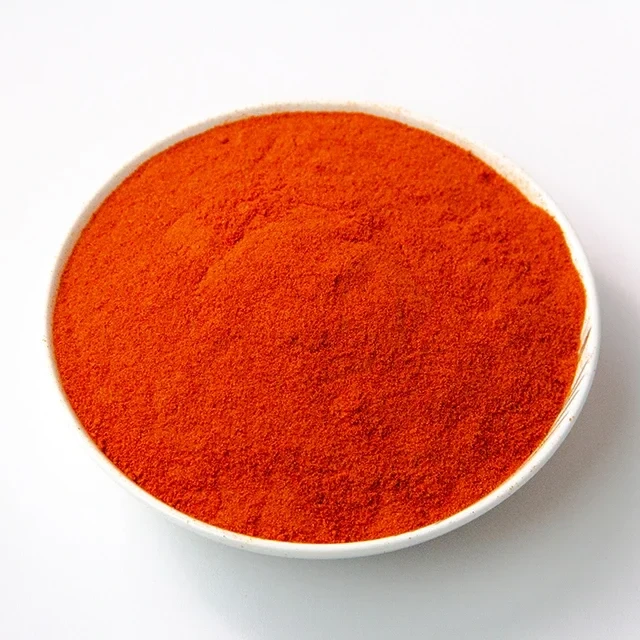
phofo ea chili-30,000SHU
30,000SHURe moetsi le morekisi oa lihlahisoa tsa chilli e khubelu e ommeng naheng ea China e thehiloeng ka 1996.E fumaneha ka bochabela ho Setereke sa Longyao, Tseleng ea Qinan Boroa. E lik'hilomithara tse 100 ho tloha Shijiazhuang, 360km ho tloha Beijing, 320km ho tloha Tianjin Port le 8km ho tloha Jingshen Highway. Khampani ea rona e nka melemo ea lisebelisoa tsa tlhaho tse ruileng le lipalangoang tse bonolo. Re ka u fa chilli e khubelu e ommeng, chilli e sithabetseng, phofo ea chilli, oli ea peō ea chilli, paprika, oli ea peo ea chili joalo-joalo Lihlahisoa tsa rona li fetisitsoe CIQ, SGS,FDA, ISO22000. ..e ka fihlela maemo a Jpan, EU, USA jj.
-
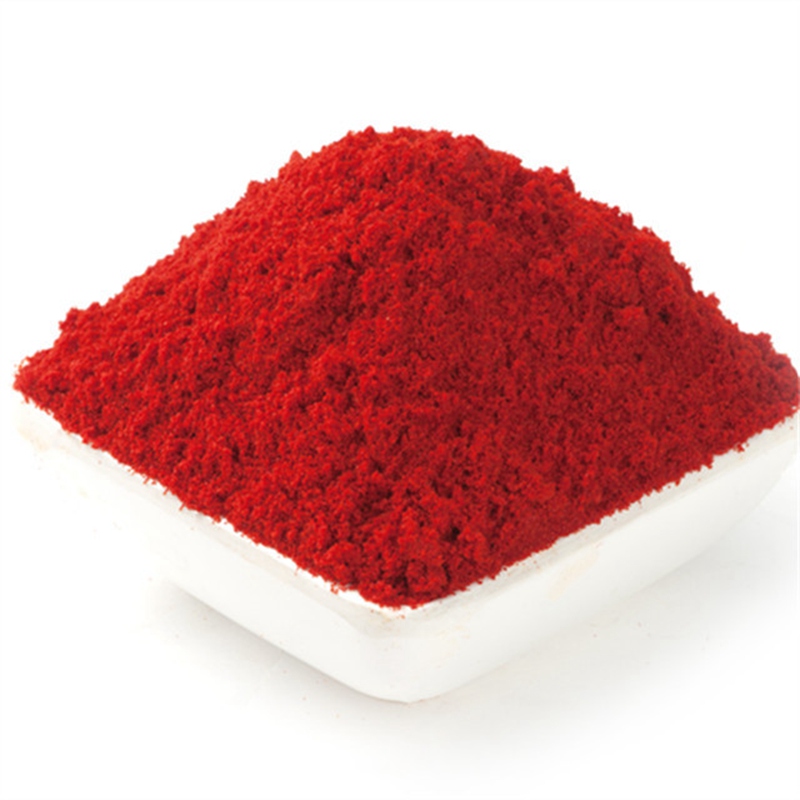
Paprika phofo e monate 2
Eseng linokoPhofo ena e monate ea paprika ke 100% ea tlhaho ntle le li-additives, e nang le 'mala o mofubelu o khanyang, tatso e ikhethang le boleng bo ikhethang. Ke setlolo se se nang linoko se ka sebelisoang ho ntlafatsa 'mala oa lijana, ho etsa hore li khahlehe. Litšobotsi tse ikhethang tsa phofo ea rona e monate ea paprika li etsa hore e be khetho e fapaneng le e ipiletsang bakeng sa ba chesehelang ho pheha.
Phofo ea rona e monate ea paprika e fana ka likhetho tseo u ka li khethang bakeng sa mebala e fapaneng, le ho paka. re ikemiselitse ho fana ka litlhoko tse fapaneng tsa ho itlhophisa.
-
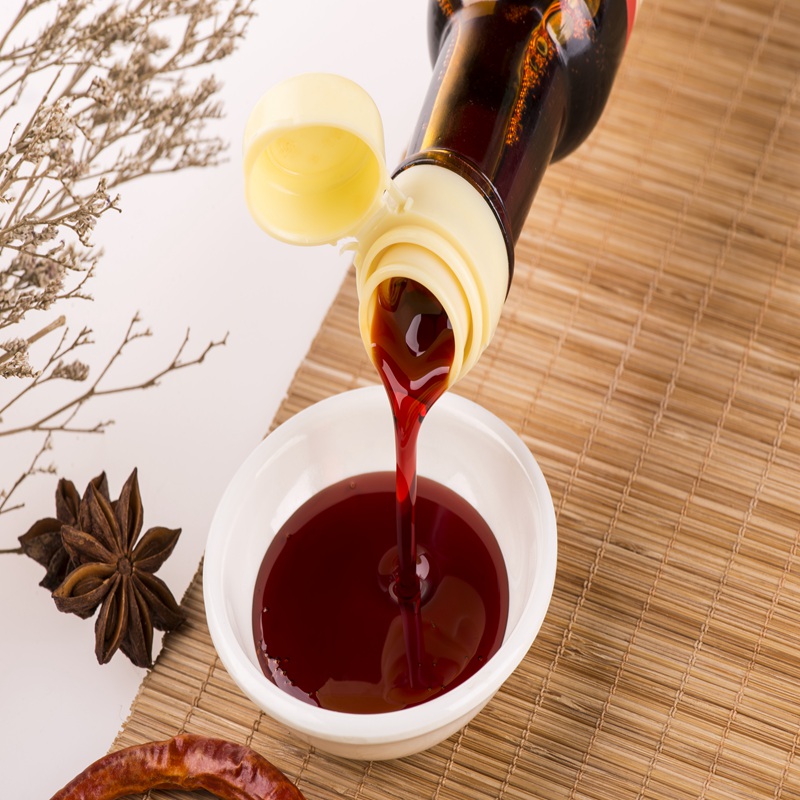
Benzopyrene oli ea peo ea Chili<2, Acid<3 (meet the Korean standards)
Ikutloe u le sehlohlolong sa bokhabane ba ho pheha ka oli ea rona ea pele ea peo ea chili. Mokelikeli ona o bonaletsang o ithorisa ka bohloeki boo ho seng bo ka bapisoang le bona, kaha o felloa ke metsi ka ho petetsoa 'meleng, eseng ka ho ntšoa ha lik'hemik'hale. Ha e na litšila, seretse, menko e nkhang hamonate le lintho tse kenyang mebala, oli ea rōna ke bopaki ba boleng bo sa sekisetseng.
Re ipabola ho laola maemo a benzopyrene le asiti, ho fihlela litekanyetso tse thata tse behiloeng ke Korea Boroa. E romelloa khafetsa Korea Boroa, sehlahisoa sa rona se tiisa pepeneneng, ha ho na mesaletsa, le ho latela taolo e tiileng ea boleng. Ka setifikeiti sa CIQ, oli ea rona ea peo ea chili e ka romelloa ka kholiseho naheng efe kapa efe.
Phahamisa lijana tsa hau ka boits'epo, u tseba hore u na le oli e ntle ka ho fetisisa ea peo ea chili holim'a phalete ea hau ea culinary. Etsa khetho e hlakileng bakeng sa ba etelletsang pele bohloeki le bophelo bo botle ha ba pheha.
-
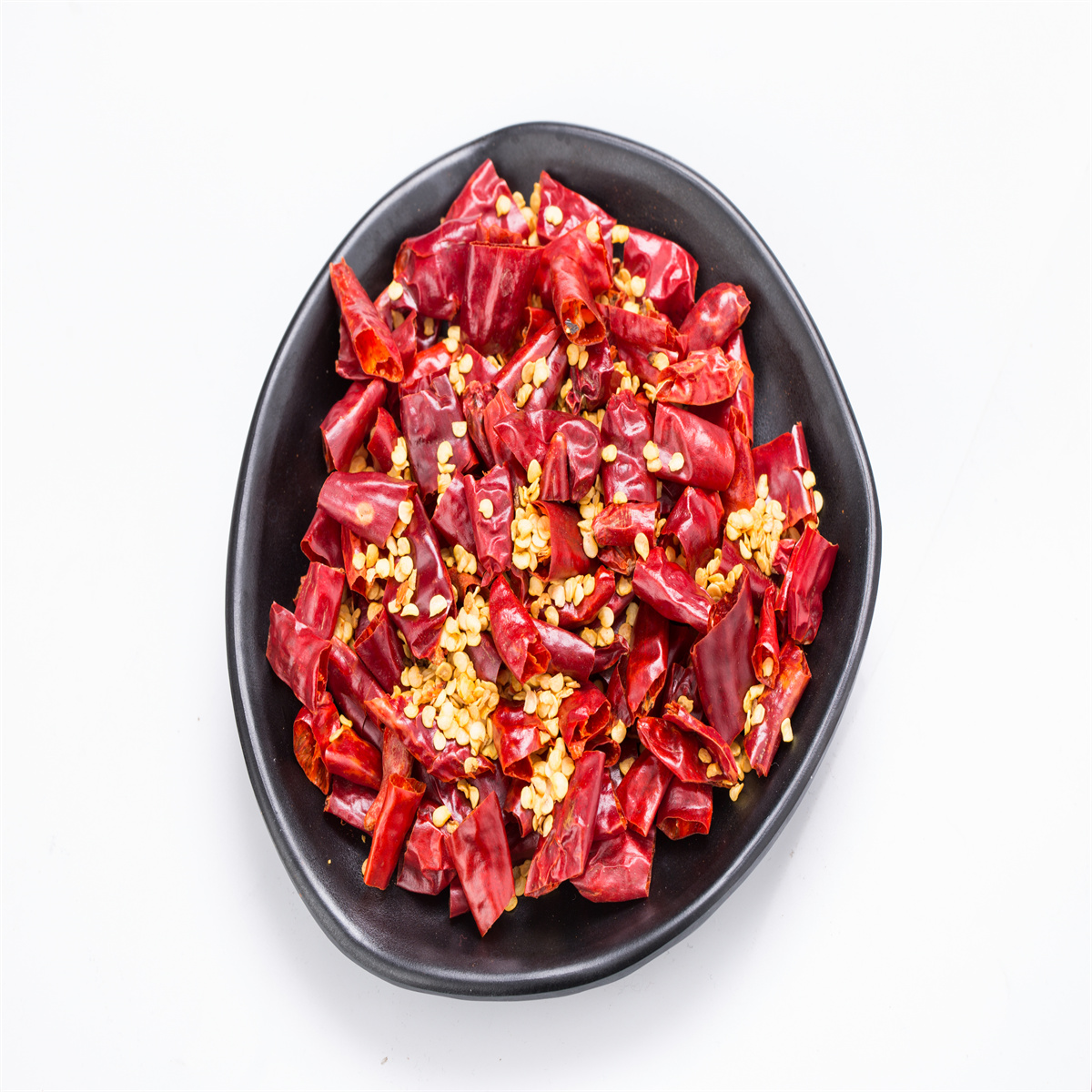
Sekhao se secha sa chilisi
30,000-40,000SHUSehlahisoa sena sa chilisi ke 100% ea tlhaho ntle le litlatsetso, se na le 'mala o mofubelu o khanyang, tatso e ikhethang, linoko tse sa fetoheng, le boleng bo ikhethang. E sebetsa e le mokhoa o mong o phetseng hantle, o lumellang bareki ho fetola boemo ba linoko lijana tsa bona ho latela khetho ea bona. Litšobotsi tse ikhethang tsa chili ea rona li etsa hore e be khetho e feto-fetohang le e ipiletsang ho batho ba ratang ho pheha.
Chili ea rona e fana ka likhetho tseo u ka li khethang bakeng sa bolelele bo fapaneng le karolo ea peo. re ikemiselitse ho fana ka litlhoko tse fapaneng tsa ho itlhophisa.
-
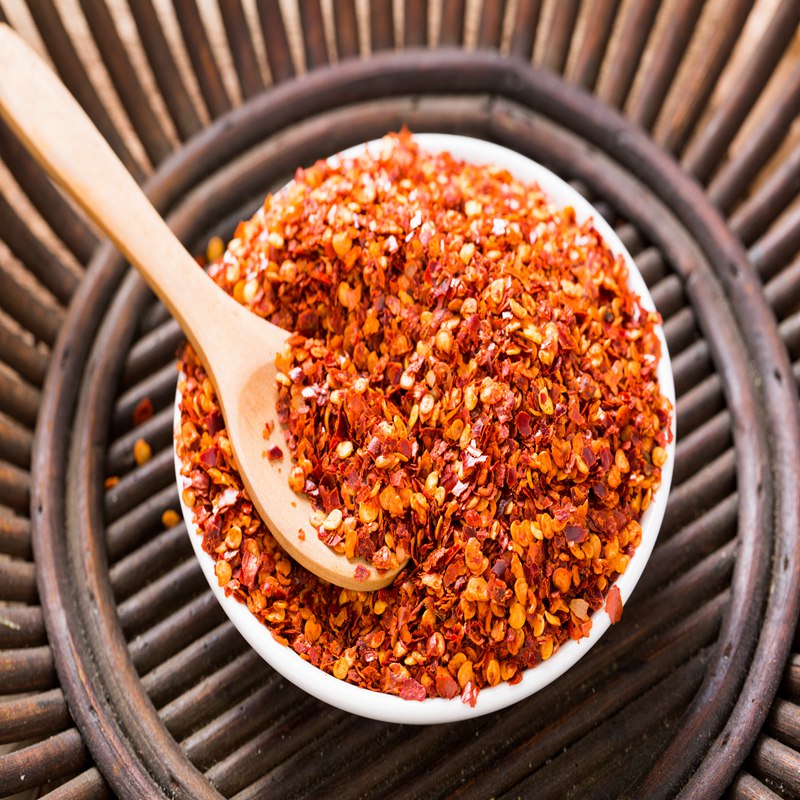
chili e sithabetseng-80,000SHU
80,000SHUPepere ena e khubelu e pshatlehileng, e entsoeng ke feme ea rona e tsoetseng pele, e na le bokhoni bo phahameng ba tlhahiso. E tsebahala ka ho nepahala le ho sebetsa hantle, bokhoni ba rona ba tlhahiso bo netefatsa sehlahisoa se tsitsitseng le sa boleng bo holimo. Ka lisebelisoa tsa morao-rao le tsebo e nang le tsebo, re ipabola ho fana ka mosebetsi o tsoileng matsoho oa ho pheha. Boitlamo ba rona ba boqapi le taolo ea boleng bo re khetholla, re fa baapehi le malapa mohloli o tšepahalang oa pepere e khubelu e sitsoeng. Tšepa matla a rona a tlhahiso, moo thekenoloji e tsoetseng pele e kopanang le tsebo ea ts'ebetso ea chili, ho netefatsa hore ho loma ho hong le ho hong ha mollo ho eketsa phetheho ho pōpo ea hau ea culinary.
-
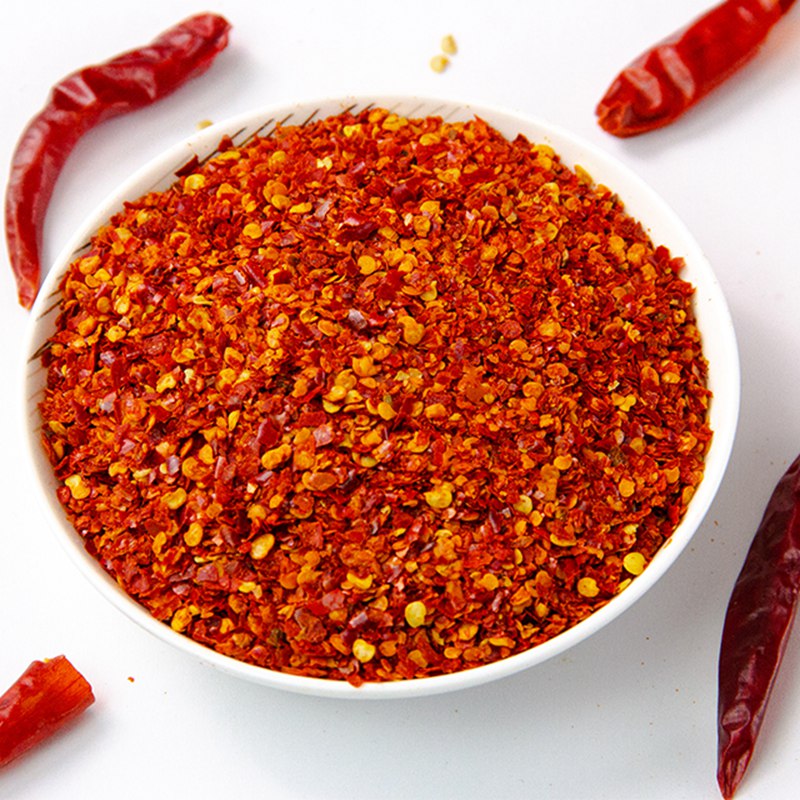
chili e sithabetseng-35,000SHU
35,000SHUChili ena e sitsoeng ke 100% ea tlhaho ntle le li-additives, e na le 'mala o mofubelu o khanyang, tatso e ikhethang, linoko tse tsitsitseng, le boleng bo ikhethang. E sebetsa e le mokhoa o mong o phetseng hantle, o lumellang bareki ho fetola boemo ba linoko lijana tsa bona ho latela khetho ea bona. Litšobotsi tse ikhethang tsa chili ea rona e sithabetseng li etsa hore e be khetho e feto-fetohang le e khahlang bakeng sa ba chesehelang ho pheha.
Chili ea rona e sithabetseng e fana ka likhetho tseo u ka li khethang bakeng sa maemo a fapaneng a spiciness, mebala, boholo ba likaroloana le sephutheloana. re ikemiselitse ho fana ka litlhoko tse fapaneng tsa ho itlhophisa.
-
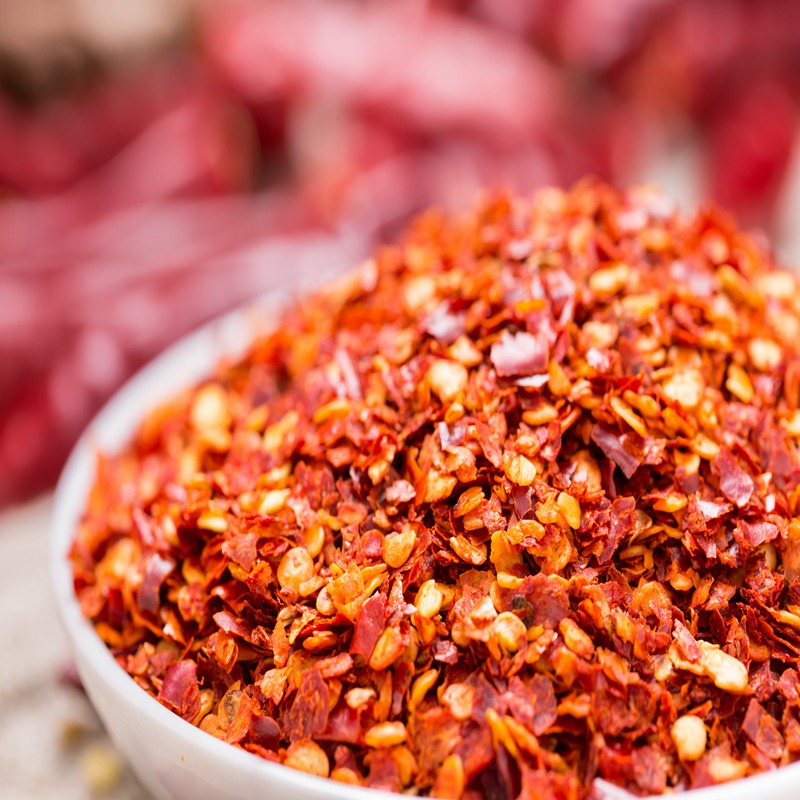
chili e sithabetseng-30,000-40,000SHU
30,000-40,000SHUChili ena e sitsoeng ke 100% ea tlhaho ntle le li-additives, e na le 'mala o mofubelu o khanyang, tatso e ikhethang, linoko tse tsitsitseng, le boleng bo ikhethang. E sebetsa e le mokhoa o mong o phetseng hantle, o lumellang bareki ho fetola boemo ba linoko lijana tsa bona ho latela khetho ea bona. Litšobotsi tse ikhethang tsa chili ea rona e sithabetseng li etsa hore e be khetho e feto-fetohang le e khahlang bakeng sa ba chesehelang ho pheha.
Chili ea rona e sithabetseng e fana ka likhetho tseo u ka li khethang bakeng sa maemo a fapaneng a spiciness, mebala, boholo ba likaroloana le sephutheloana. re ikemiselitse ho fana ka litlhoko tse fapaneng tsa ho itlhophisa.
-
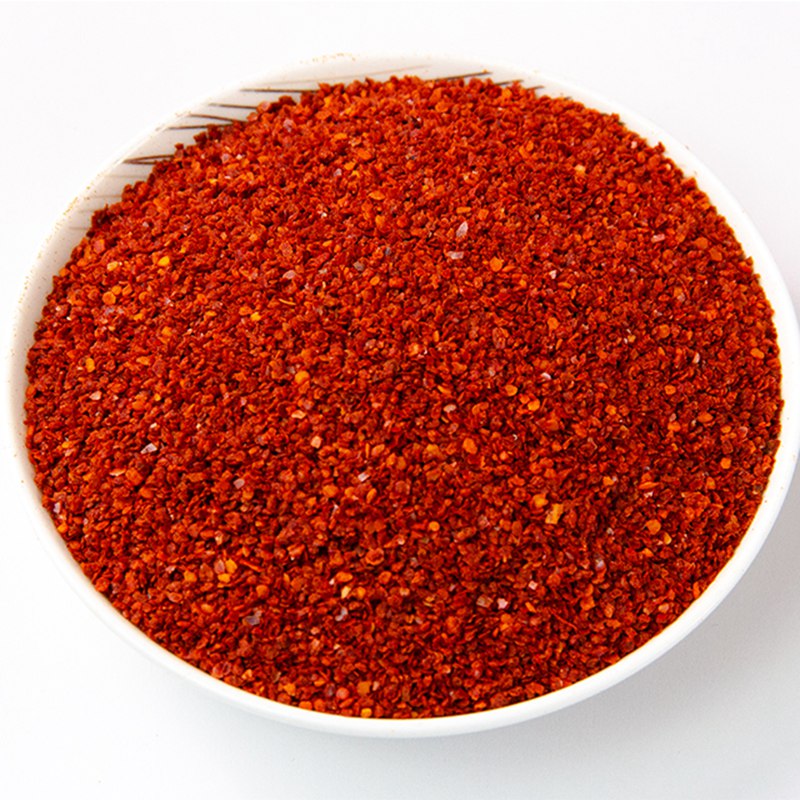
chili e sithabetseng-18,000SHU
18,000SHUChili ena e sitsoeng ke 100% ea tlhaho ntle le li-additives, e na le 'mala o mofubelu o khanyang, tatso e ikhethang, linoko tse tsitsitseng, le boleng bo ikhethang. E sebetsa e le mokhoa o mong o phetseng hantle, o lumellang bareki ho fetola boemo ba linoko lijana tsa bona ho latela khetho ea bona. Litšobotsi tse ikhethang tsa chili ea rona e sithabetseng li etsa hore e be khetho e feto-fetohang le e khahlang bakeng sa ba chesehelang ho pheha.
Chili ea rona e sithabetseng e fana ka likhetho tseo u ka li khethang bakeng sa maemo a fapaneng a spiciness, mebala, boholo ba likaroloana le sephutheloana. re ikemiselitse ho fana ka litlhoko tse fapaneng tsa ho itlhophisa.
-
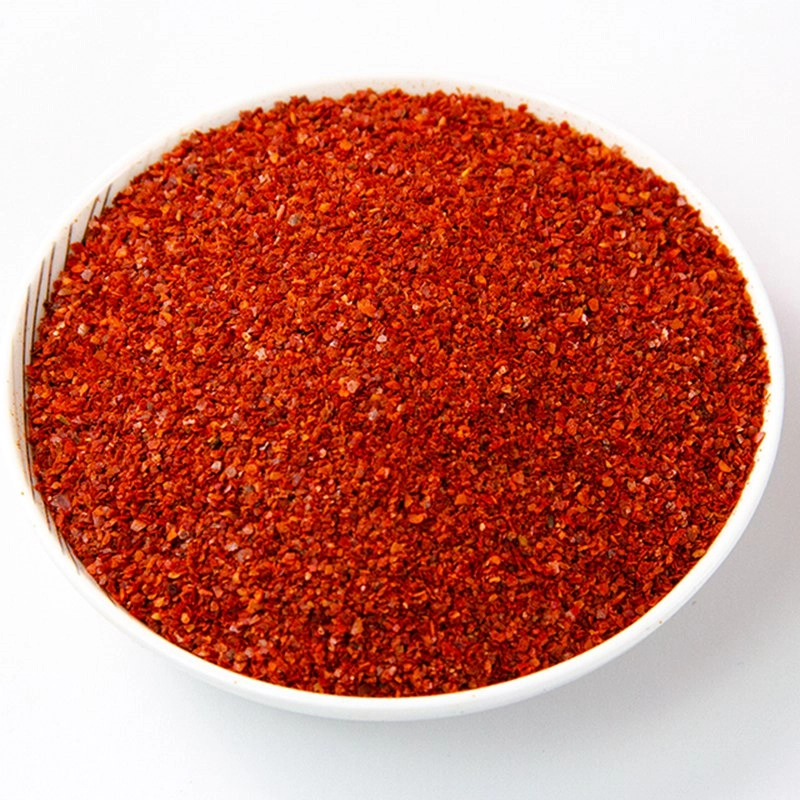
chili e sithabetseng-15,000SHU
1,5000SHUChili ena e sitsoeng ke 100% ea tlhaho ntle le li-additives, e na le 'mala o mofubelu o khanyang, tatso e ikhethang, linoko tse tsitsitseng, le boleng bo ikhethang. E sebetsa e le mokhoa o mong o phetseng hantle, o lumellang bareki ho fetola boemo ba linoko lijana tsa bona ho latela khetho ea bona. Litšobotsi tse ikhethang tsa chili ea rona e sithabetseng li etsa hore e be khetho e feto-fetohang le e khahlang bakeng sa ba chesehelang ho pheha.
Chili ea rona e sithabetseng e fana ka likhetho tseo u ka li khethang bakeng sa maemo a fapaneng a spiciness, mebala, boholo ba likaroloana le sephutheloana. re ikemiselitse ho fana ka litlhoko tse fapaneng tsa ho itlhophisa.
What Is The Trick To A Good Chili?
Chili, a beloved spice used worldwide, is a versatile ingredient that adds depth, flavor, and heat to any dish. Known for its rich, spicy kick, chili peppers come in various forms, including fresh, dried, powdered, and as chili sauce or oil. Whether you're an adventurous cook or someone who enjoys adding a touch of heat to your meals, chili products offer the perfect solution.
Fresh Chili Peppers are vibrant, juicy, and packed with heat. From mild to extremely spicy varieties, fresh chilies can be sliced, diced, or used whole to infuse dishes with their pungent aroma. Great for stir-fries, salsas, and curries, fresh chilies add a fresh and bold flavor to your meals.
Dried Chili Peppers are perfect for slow-cooking and flavor extraction. When dried, chilies intensify their heat and smokiness. You can use them whole, ground into chili powder, or rehydrate them to create sauces and soups with a complex depth of flavor.
Chili Powder is a staple in kitchens around the world. A blend of dried chili peppers and other spices like cumin and garlic, chili powder adds a punch of heat and a savory aroma to dishes. Perfect for seasoning meats, soups, stews, and even grilled vegetables, chili powder offers convenience without compromising on flavor.
Chili Sauces and Oils are excellent for those who prefer a ready-to-use option. These products combine chili with ingredients like garlic, vinegar, or sesame oil to create flavorful sauces and oils that elevate your dishes instantly. Whether you like it sweet, tangy, or fiery, chili sauces and oils are perfect for dipping, marinating, or adding to your favorite foods.
Enhance your culinary creations with chili a bold, flavorful ingredient that brings spice and excitement to every meal!
Why Are Peppers Called Chili?
The term "chili" is often used to refer to various types of hot peppers, but its origin and usage are a bit more complex. Here’s why peppers are called "chili":
1.Etymology from Nahuatl (Aztec language):
The word "chili" comes from the Nahuatl language, which was spoken by the Aztecs and other indigenous peoples in Mesoamerica. In Nahuatl, the word for pepper is "ch? lli". The Aztecs and other native groups in Central and South America cultivated and used chili peppers long before Europeans arrived, and they were integral to their cuisine.
When Spanish explorers encountered these peppers in the Americas in the 15th and 16th centuries, they adopted the Nahuatl word "ch? lli" to describe them. The term eventually made its way into other languages, including English, where it became commonly used.
2. Naming Confusion and Global Spread:
The word "chili" is used differently around the world. In many places, "chili" refers to the fruit of the Capsicum plant, which can be used fresh, dried, or powdered to add heat to food. However, when used in the context of chili con carne (the famous spicy stew), the name "chili" specifically refers to the dish made with ground meat, chilies, beans, tomatoes, and spices.
In the U.S. and many English-speaking countries, the term "chili" has become synonymous with hot peppers, especially Capsicum annuum, which includes common varieties like jalapenos, serranos, and cayennes. However, in other parts of the world, like India and some parts of Asia, the term "chili" often refers to the spicier varieties of Capsicum that are commonly used in their cuisines.
3. "Chili" vs. "Chili Pepper":
In the 17th century, when Christopher Columbus brought the peppers back to Europe, they were initially thought to be a type of pepper (which they resemble in taste and appearance). The name “pepper” had already been used to describe the spicy fruit of the Piper nigrum plant (black pepper), and this led to the widespread use of the term "pepper" for the Capsicum family, despite them being botanically unrelated. Over time, the term "chili pepper" was adopted in many languages to differentiate the spicy peppers from black pepper.
In this sense, "chili" became shorthand for chili pepper, the pepper that imparts heat, especially from the Capsicum family, which includes many varieties of peppers that vary in heat intensity.
4. Cultural Influence and Usage:
The spread of chili peppers around the world, particularly after the Columbian Exchange (which was the exchange of plants, animals, and cultures between the Americas and the Old World), played a significant role in shaping global cuisine. As chili peppers became more commonly used in a wide range of dishes, the name “chili” was often applied to dishes and recipes that incorporated these peppers, such as chili con carne, chili oil, and chili sauce.
In summary, "chili" is derived from the Nahuatl word for pepper, "ch? lli", and has evolved in usage due to its widespread adoption in cuisines around the world. It’s used to refer to both the pepper itself and the dishes made with it, particularly those that are spicy and contain peppers.








